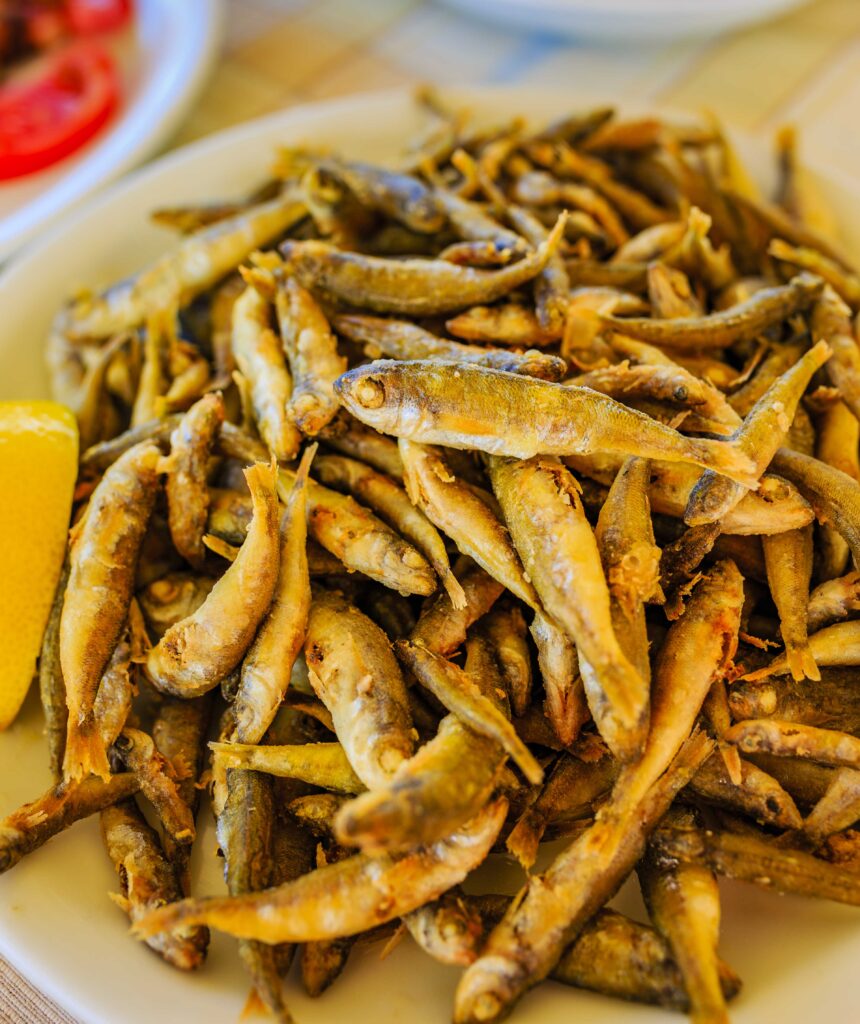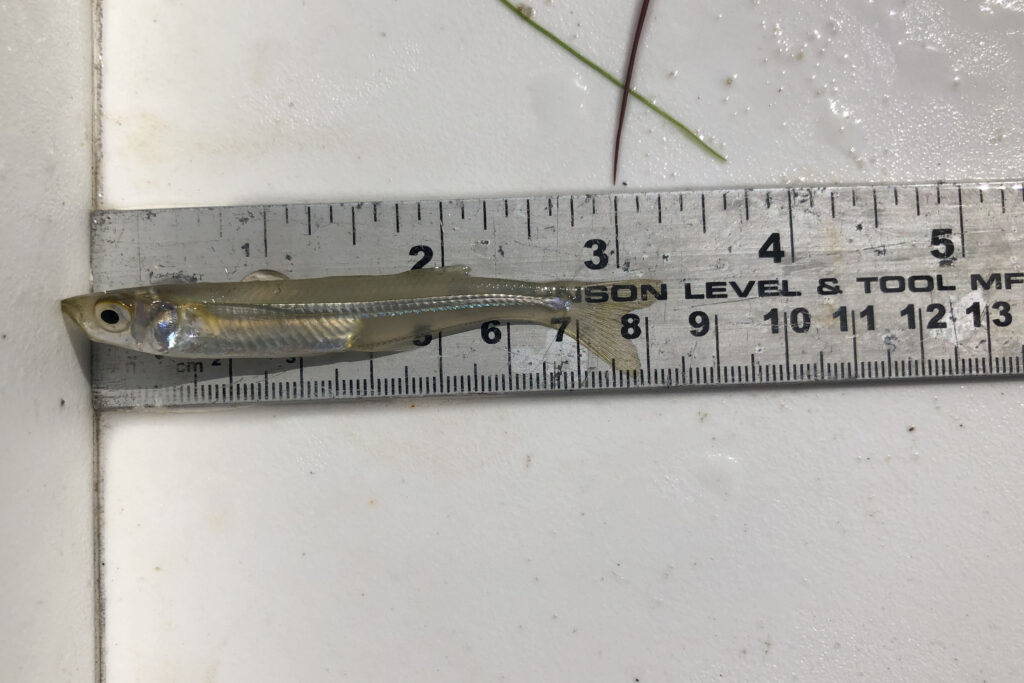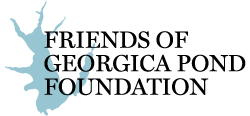Eat the Whole Thing
In many cuisines there is a tradition of eating whole, deep fried, small fish or “fry.” The entire fish—head, fins, bones, and innards are eaten. In Italy it is referred to as “Gianchetti” or “Bianchetti,” in France, they call it “Friture,” and in England and the United States it is called Whitebait. There is a long history of harvesting Whitebait from Georgica Pond and, sadly, due to the deteriorated water quality the Whitebait fishery in Georgica Pond has virtually disappeared.

Back in the 1960s and 1970s, the previous owners of the Creeks, Alfonso Ossorio and Ted Dragon, would serve Whitebait on the Creeks’ terrace overlooking the pond. Jonathan Wainwright, a Friends of Georgica Pond Foundation board member, and lifelong resident of the pond, remembers his father eating them for breakfast. Florence Fabricant, the noted food writer and Georgica Pond neighbor remembers catching Whitebait. “Back in the day when it was safe to go crabbing in the pond,” she reports, “we’d also scoop whitebait into long-handled nets, dumping the silvery little fish in a pail of water to carry home. I’d toss them in seasoned flour and quickly sizzle them in oil; they were the hors d’oeuvre to snack on like fries with a glass of white before tackling the crabs. If I felt fancy, I’d fry some curly parsley alongside. I was familiar with whitebait having been introduced to them in Greece in the early ‘60s, at a rooftop restaurant in Piraeus where the marides were served alongside fried calamari. So, I was delighted to have them close at hand. Recently I saw them schooling in Napeague Harbor where we sometimes go for a swim. I plan to keep that possible source in mind.”
In 1987-1988 The East Hampton Town Trustees made an attempt to quantify the economic value of the Georgica Pond fishery. They noted that 50,000 pounds of bait, valued at $50,000 had been harvested by commercial fishermen from Georgica Pond. Some of this harvest was sold as Whitebait. Back then, local fishermen would go baitin’ and might leave a bucket of Whitebait at the back door of customers. One local fisherman was known as “Harry ding, the Whitebait king.”

What exactly is Whitebait?
It is a generic grouping of young fish up to two to three inches, not a unique species. In Georgica Pond, these young fish which sometimes school together include white perch, silversides, mummichogs, and several species of killifish. In Europe Whitebait is often sprat, a relative of herring.
Sustainable Fishery
Even in 19th Century England the government knew that if you harvested all the young fish, there would be none left to grow up and reproduce, hence they passed a law preventing the harvest of juvenile fish. But wily fishermen skirted the law by calling the fish “Whitebait” claiming it was a full-grown unique species. Cabinet Ministers were invited to either Greenwich or Blackwall to dine on fresh caught Whitebait for an annual festival. Needless to say, the Whitebait population in the Thames Estuary suffered. The population of Whitebait has recovered somewhat, and the “Southend Annual Whitebait Festival” was revived in 1937 and continues today. Whitebait is still very restricted in many parts of the world, but you can buy it dried or frozen online. We do not recommend this—the only way to eat Whitebait is fresh caught and immediately deep fried.
Like most sustainable fishery issues, if the harvest can be managed—most of the species that comprise Whitebait in the United States and Europe are very prolific—a sustainable fishery could be established. This appears to be the case in the Baltic Sea. Naturally, you will not find Whitebait on any of the many sustainable fish guides or databases, and you will not find it in your local fish market. If you want to sample Whitebait, you must catch it yourself!
